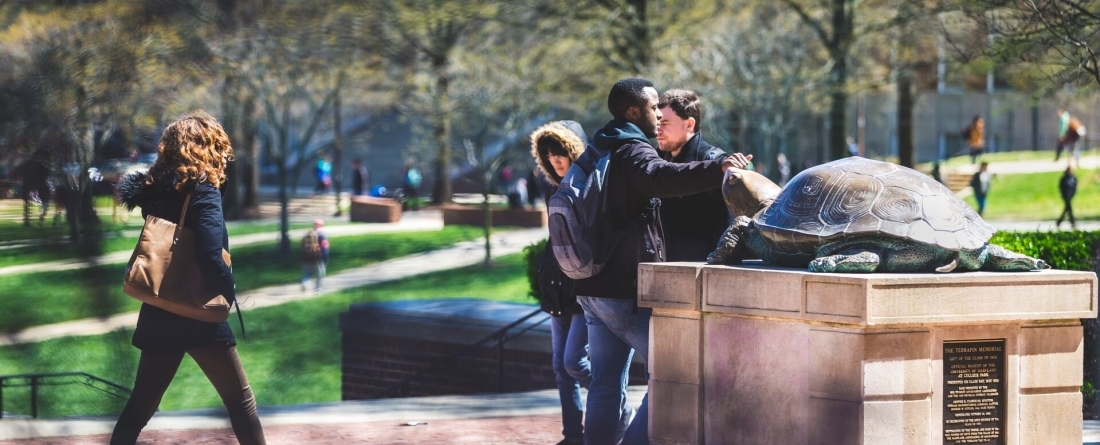
New Report Explores Charitable Responses to Crises in America; Identifies Areas of Resilience and Concern
Do Good Institute explores past crises as COVID-19’s lasting impacts on the economy and helping behaviors remain uncertain
This report reveals that charitable behaviors in America tend to surge and then dramatically decrease following a crisis. It offers insight into how the COVID-19 pandemic may change civic life in America.
For the past several months, the world has struggled with the economic, social, and financial impacts of COVID-19, with the nonprofit sector being hit especially hard. This new analysis aimed to better understand how the pandemic might influence the way people give their time and dollars to charitable efforts given their response to recent natural and economic disasters.
The report examined three recent crises: the attacks of September 11, 2001, Hurricane Katrina, and the Great Recession and included data collected over 15 years by the United States Census Bureau and the Bureau of Labor Statistics. Key findings include:
- In all three previous crises, charitable behaviors – volunteering with an organization, giving to charity, working with neighbors to fix or improve something in the community, and attending public meetings where community issues were discussed – rose during the years following a crisis, including in the areas most heavily affected.
- Over 15 years, the percentage of adults who volunteered reached their highest levels nationally, and in the New York City metropolitan area, in the years directly after 9/11 (2003-2005). In fact, volunteer rates from 2006 to 2015 have never been as high as the rates from the early post-9/11 years.
- Metro New Orleans exhibited a surge in informal charitable behavior (working with neighbors to fix or improve something) and civic behavior (attending public meetings) in the years after Katrina. Participation rates peaked for these activities even through the Great Recession, and stayed at high levels into the early 2010s.
- In 2006, after the sustained post-9/11 peak in the volunteer rate, the national U.S. volunteer rate suffered its first large and statistically significant decline, falling by more than two percentage points to 26.7 percent. If not for this decrease in the volunteer rate, almost 5 million more adults would have volunteered in 2006.
- Participation rates for all four charitable and civic activities declined significantly in the years following the Great Recession, both nationally and in New Orleans and New York City where the rates surged in the aftermath of a crisis or natural disaster in their respective geographic areas.
While the economic recovery from COVID-19 has left a number of uncertainties, another recent analysis showed that during and following the Great Recession many nonprofit organizations experienced small declines in revenue, but greater demand for services, and that organizational closures were only slightly more common during the recessionary period than they were before or afterward.
Community in Crisis uses data featured in recent U.S. Census Bureau research and data collected from the Current Population Survey (CPS) Supplement on Volunteering (Volunteer Supplement). Between 2002 and 2015, the CPS Volunteer Supplement collected national statistics on volunteering through or for an organization. In 2008, the Supplement also began to collect data on giving to charity.
The full report, Community in Crisis, including case studies about the September 11, 2001 attacks, Hurricane Katrina, and the Great Recession, is available for download to the right.
